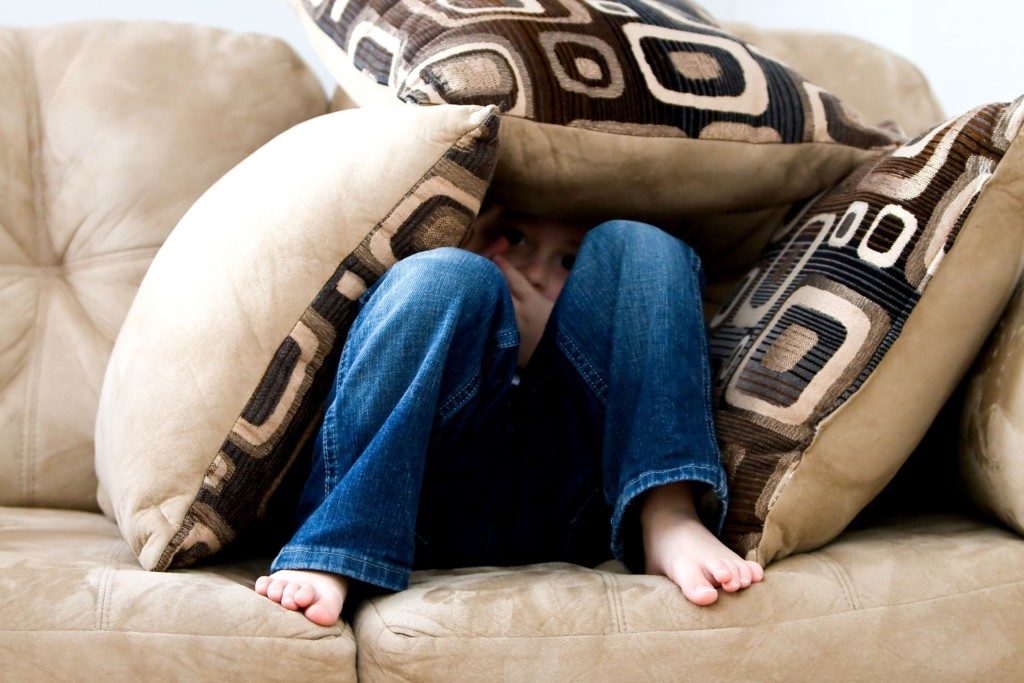
It was never about the blue marker. But that’s when everything fell apart.
My son was four and had recently started preschool, where each new day brought a steady stream of new acquaintances and experiences — some thrilling and others a bit frightening. From an early age, he has been an energetic people pleaser who gets anxious when life becomes particularly confusing and unpredictable, and then tries to mask those concerns so as not to “disappoint.”
Knowing that about him, and having dealt with anxiety for much of my own life, I thought I would spot the signs as he settled into his new school. I was wrong.
He had never been too interested in coloring at home, but that fall he started asking us to print out pictures of various comic book and movie characters he’d heard about from his friends — two sheets each, one already colored and one waiting to be filled in. We made it about five minutes into a blue Ninja Turtle before the tantrums started. First, the problem was that his marker went outside the lines; next, it was a blue that wasn’t the same blue as the colored printout. Pens were thrown. Paper was crumpled. Doors were tearfully slammed.
My husband and I were mystified. This was a kid who had never cared about “rules” when it came to coloring. I had yet to receive a portrait of myself from him that was more than a fuzzy scribble executed in about three seconds before he ran off to some other activity.
But that’s life with an anxious kid. Quite often, what causes the outburst is a minor frustration that happens to tip the scales. The real issue is always more complicated and can require some digging. In his four-year-old way, our son was asking us for help in that emotionally charged moment. When things calmed down, we were able to discover that he felt anxious about a few things at school, including remembering his classmates’ names and comparing his own drawing skills to a few adept children whose portraits of mom had recognizable human features.
It wasn’t too difficult to alleviate some of those anxieties. What was difficult, and what we continue to work on two years later, is helping our son learn how to ask for help — the magic word that, for him, outweighs “please.” Sometimes he literally needs assistance as he works on a new skill, while other times he needs our help in the form of a handhold as a current of anxiety threatens to sweep him away.
Living with anxiety hasn’t been easy for me, though I’ve found tools to keep it at bay most of the time. And it won’t be easy for my son, either. But that’s part of the responsibility we have to our kids: to identify their triggers and assure them they are never alone when things get hard.















